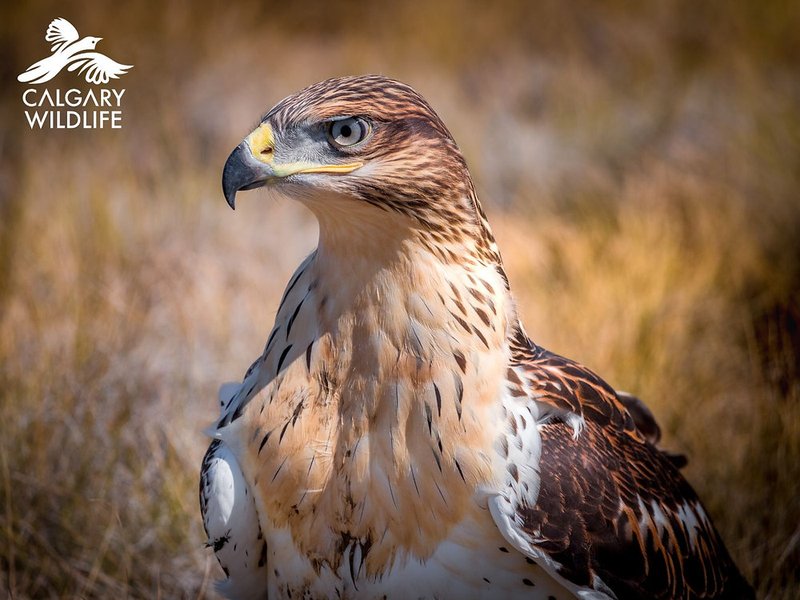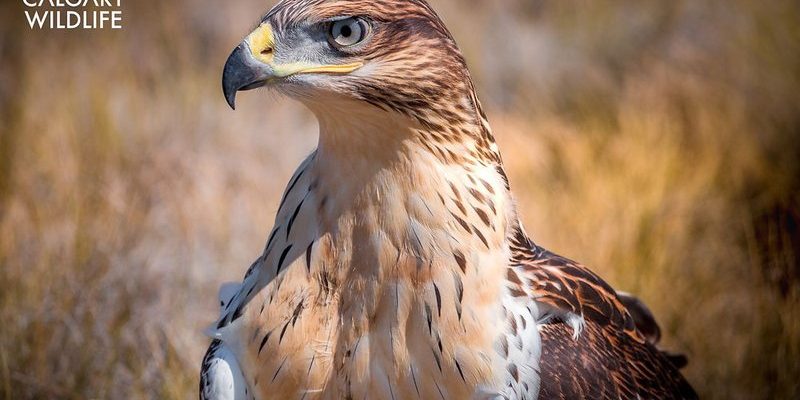
Understanding whether a species is threatened or endangered can feel a bit like deciphering a whole new language. Think of it as trying to assess whether a friend is just having a rough day or if they genuinely need help. The same goes for wildlife—certain factors can push a species closer to the edge. In this article, we’ll explore the Ferruginous Hawk’s situation, its habitat, and what makes it vulnerable, if at all.
What Is The Ferruginous Hawk?
Let’s start by getting to know the Ferruginous Hawk a little better. This bird is a large raptor, commonly found in open grasslands, shrublands, and the vast prairies of North America. Its scientific name, *Buteo regalis*, reflects its regal appearance: from its broad wings to its powerful legs. The Ferruginous Hawk has a striking plumage—its back and wings exhibit a deep rust color, while the underside is often a mix of white and brown.
This hawk isn’t just visually stunning; it’s also a skilled hunter. It primarily preys on small mammals, especially rodents, and will also snatch up birds or reptiles when the opportunity arises. Observing a Ferruginous Hawk in action is like watching a perfectly choreographed dance—swift, graceful, and powerful. But behind that beauty lies a more complex story regarding its survival.
Current Population Status
Now, let’s talk numbers, as they tell a crucial part of the Ferruginous Hawk’s story. According to the latest data, their population fluctuates widely across various regions. In some areas, they might be doing relatively well, while in others, their numbers are declining. The North American Breeding Bird Survey indicates that Ferruginous Hawk populations have experienced significant declines in certain states.
So, what does that mean exactly? It means that while these hawks exist and can thrive in specific environments, their overall population trend is concerning. The IUCN Red List currently lists them as “Least Concern,” but that doesn’t mean we should ignore potential habitat threats. It’s like having a friend who seems alright on the surface but struggles with underlying issues.
Threats Facing The Ferruginous Hawk
You might be asking, “What’s putting pressure on these beautiful birds?” Several factors come into play. Let’s break it down:
- Habitat Loss: As urban development expands and agricultural lands grow, natural habitats for the Ferruginous Hawk shrink. This often means fewer nesting and feeding opportunities.
- Climate Change: Changes in climate can disrupt migration patterns and food availability. Extreme weather conditions can directly affect their breeding success.
- Pesticides and Pollution: Chemicals used in agriculture can poison their prey, leading to a decline in health for these hawks. Contaminants can accumulate in their bodies over time, causing reproductive issues.
Each of these threats compounds the challenges Ferruginous Hawks face. It’s a bit like trying to keep afloat while someone keeps tossing weights into your boat—you can only manage for so long.
Conservation Efforts
Fortunately, conservationists and organizations are actively working to protect the Ferruginous Hawk. These efforts aim to create safer environments and restore habitats. Here are some key initiatives:
- Habitat Restoration: Programs that focus on restoring grasslands and natural habitats help provide a suitable environment for Ferruginous Hawks.
- Public Awareness Campaigns: Education and outreach initiatives encourage people to protect raptor habitats and reduce the use of harmful chemicals.
- Research and Monitoring: Continuous research helps track population changes and understand their migration patterns, enabling better management strategies.
These efforts are crucial in ensuring that the Ferruginous Hawk does not slide closer to threatened status. It’s not just about saving one bird; it’s about preserving the entire ecosystem they help maintain.
What Can You Do to Help?
You might be thinking, “That’s all great, but what can I do?” You’d be surprised at how impactful small actions can be! Here’s how you can promote the well-being of the Ferruginous Hawk and its habitat:
- Support Local Conservation Groups: Find organizations dedicated to wildlife preservation and consider donating or volunteering.
- Reduce Pesticide Use: If you garden or know anyone who farms, encourage natural pest management strategies to help protect hawks and other wildlife.
- Spread Awareness: Share what you learn about Ferruginous Hawks on social media or within your community to increase public awareness and appreciation.
Every little effort counts. Imagine if everyone made one small change; collectively, we could create a massive impact.
Final Thoughts
Understanding whether the Ferruginous Hawk is threatened or endangered can seem daunting at first, but breaking it down helps reveal a clearer picture. While these amazing birds are currently listed as “Least Concern,” their populations face significant challenges. Habitat loss, climate change, and pesticides all contribute to their vulnerability.
The good news is that many conservation efforts are underway to protect them. And you can play a part in this journey! By supporting local organizations, reducing harmful practices, and spreading awareness, you can help ensure that the Ferruginous Hawk continues to grace our skies for generations to come. So, let’s work together for their future!

